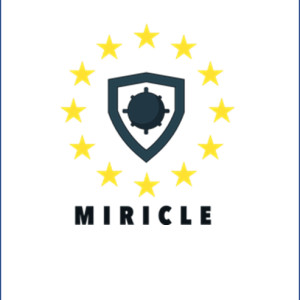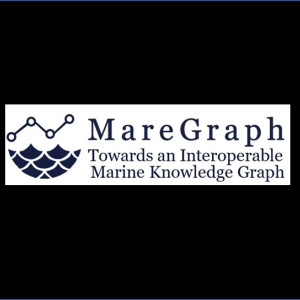 \
&
Contact us
\
&
Contact us
 \
&
Contact us
\
&
Contact us
Background stories of how others approached and experienced their European Horizon funding trajectory.

Published on | 8 months ago
Programmes DefenceThe Miricle project, ‘Mine Risk Clearance for Europe’, obtained funding under the European Defence Industrial Development programme call ‘Underwater control contributing to resilience at sea’. The main objective of the project was to achieve a European and sovereign capacity in future mine warfare and create a path for the next generation ‘made in Europe’ countermeasure solutions. In order to realise this objective, Miricle addressed various stages: studies, design, prototyping and testing. These stages inter alia included the successful testing of an XL Unmanned Underwater Vehicle, a protototyped mine disposal system and multiple innovative systems to detect buried mines. Flanders Marine Institute (VLIZ), was one of the five Belgian partners in the consortium. Within the project, VLIZ was able to forward its research on the acoustic imaging of the seabed to spatially map and visualize buried structures and objects - in this case buried mines - in the highest possible detail. VLIZ also led the work on ‘Port and Offshore Testing’, building on the expertise of the institute in the field of marine operations and technology.
Read the full article for details
The MareGraph project, ‘Towards an Interoperable Marine Knowledge Graph’, obtained funding under the Digital Europe topic ‘OPEN-AI – Public Sector Open Data for AI and Open Data Platform’. The project will increase the semantic, technical, and legal interoperability of three selected high-valued datasets (HVDs) all maintained by the Flanders Marine Institute (VLIZ), which is one of the four partners of the project. This will allow the onboarding of essential marine datasets in the Common European Data Spaces. As such MareGraph will provide a structural component in the digital transition of the marine landscape. The numerous impacts of the project will benefit our seas globally in old and new ways to come.